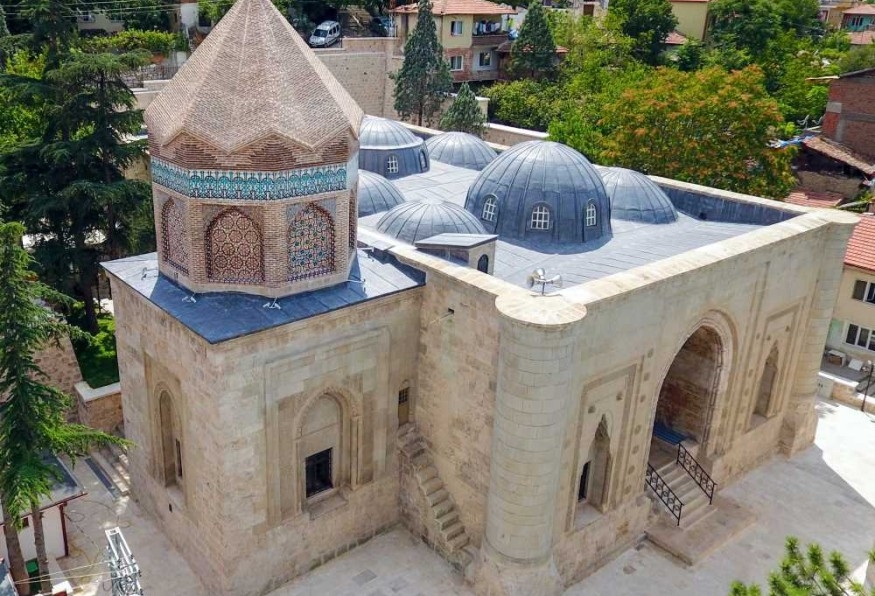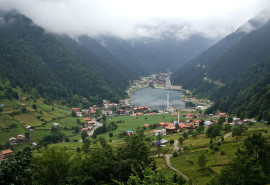Gok Madrasa
madrasaThe construction of this mosque complex was ordered in 1266–1267 by the governor of Amasya, Emir Seyfeddin Torumtay. The complex includes a madrasah and a burial chamber, and is located in the western part of Amasya. The cupola adjacent to the mosque is called Gökmedrese due to its blue tile decoration. The cut stone architecture of this mosque in Anatolia, which features a zigzag pattern made of tomb bricks and monochromatic dark green tiles, is notable for its mature proportions and decorations. The mosque is considered one of the most stunning examples of Anatolian Seljuk architecture. In the 19th century, the mosque underwent restoration, and from 1926-1977 it was utilized as the Amasya Museum. With a rectangular plan and thick walls made of cut stone, the complex served both as a mosque and madrasah. On the mosque's door, visitors can see an inscription by Abdulhamid II indicating the restoration.


-thumb.jpg)

